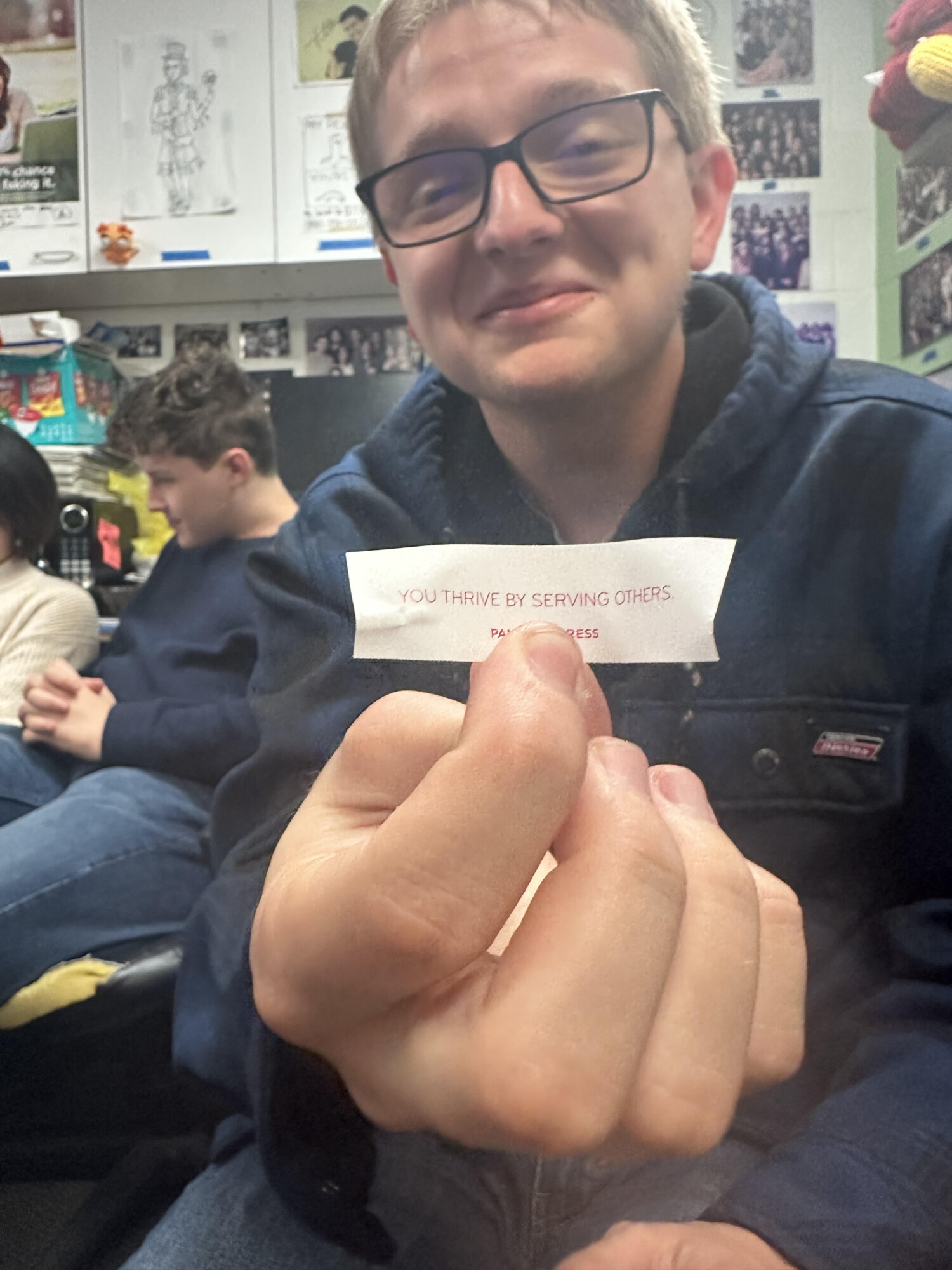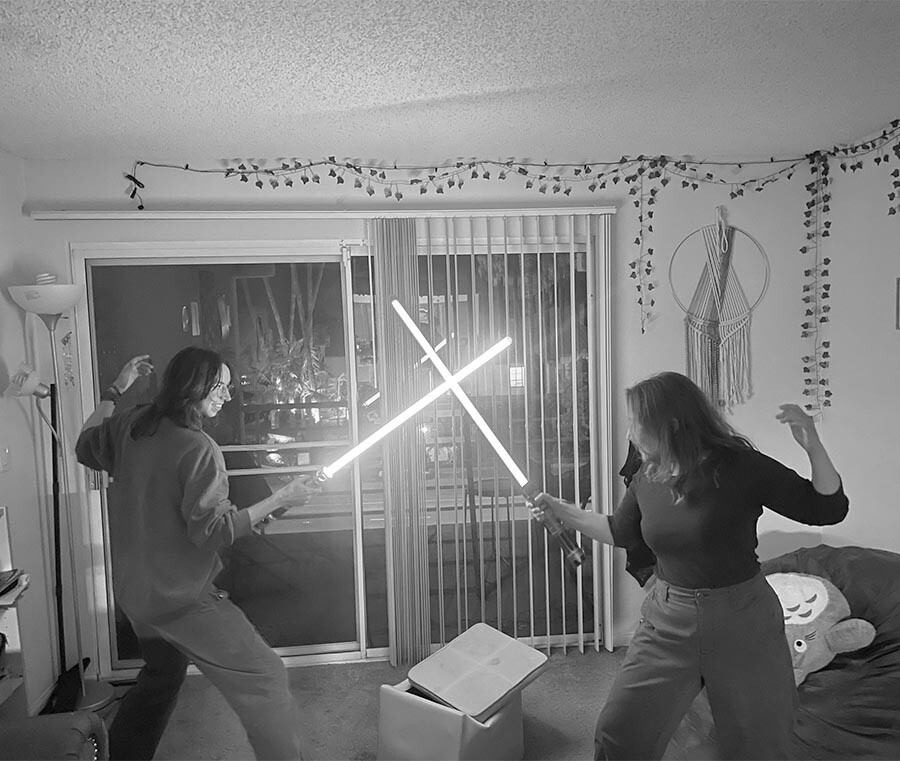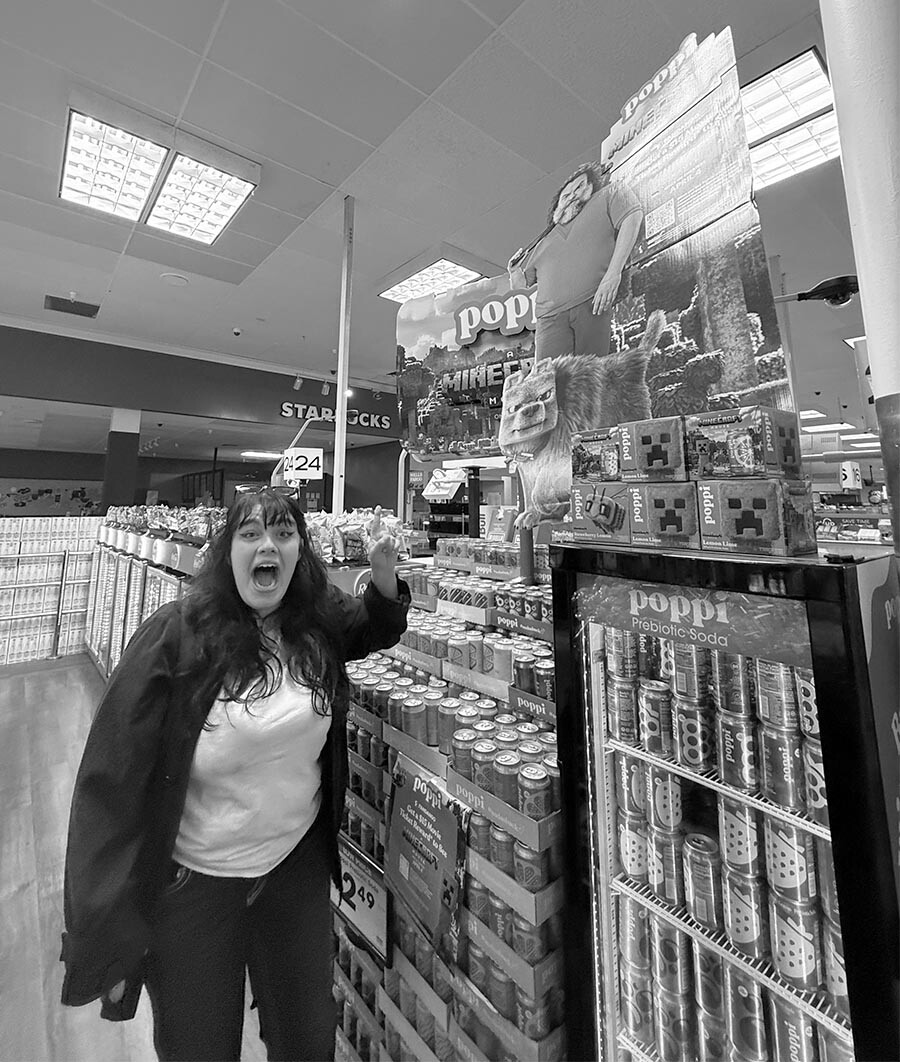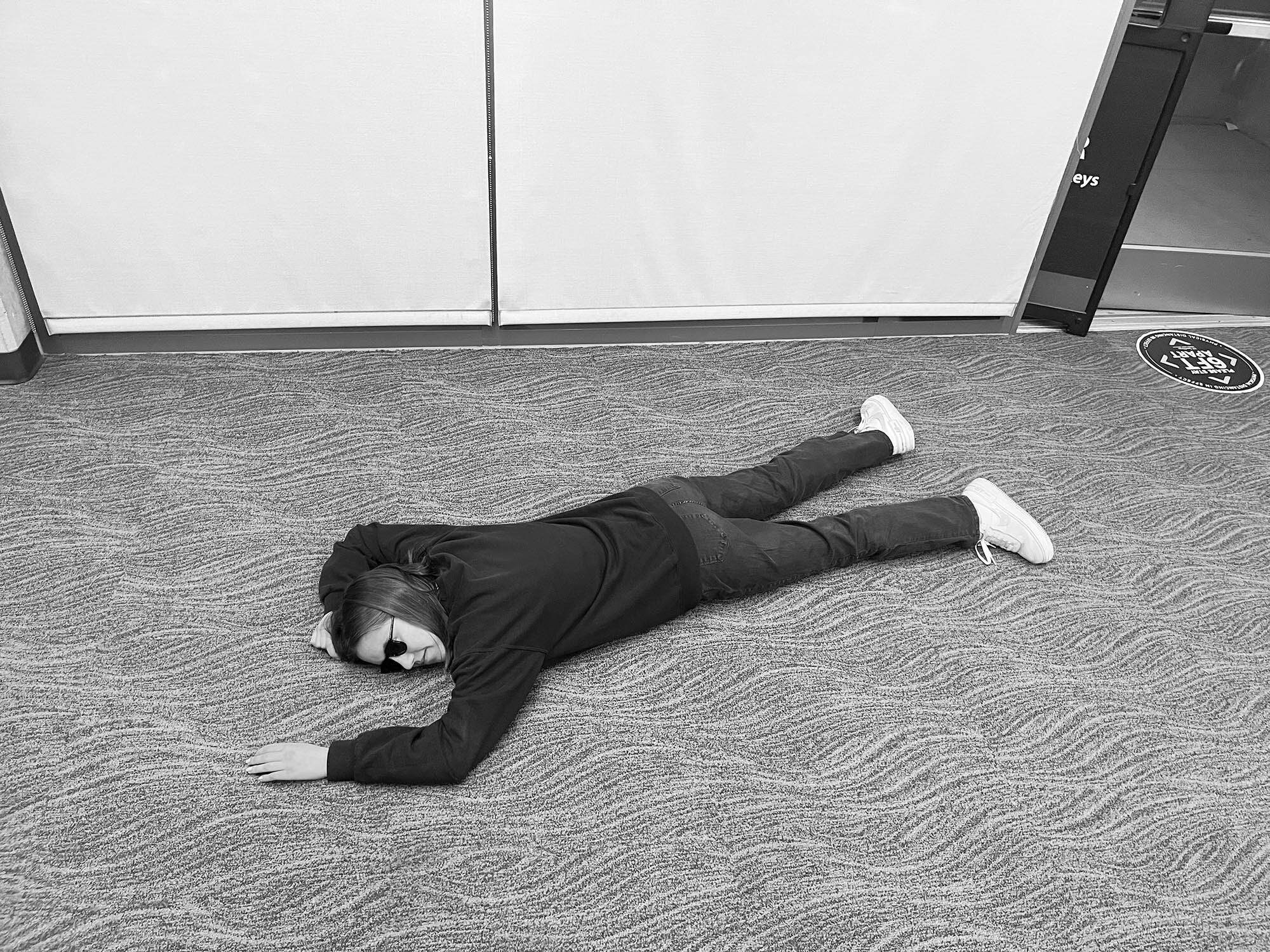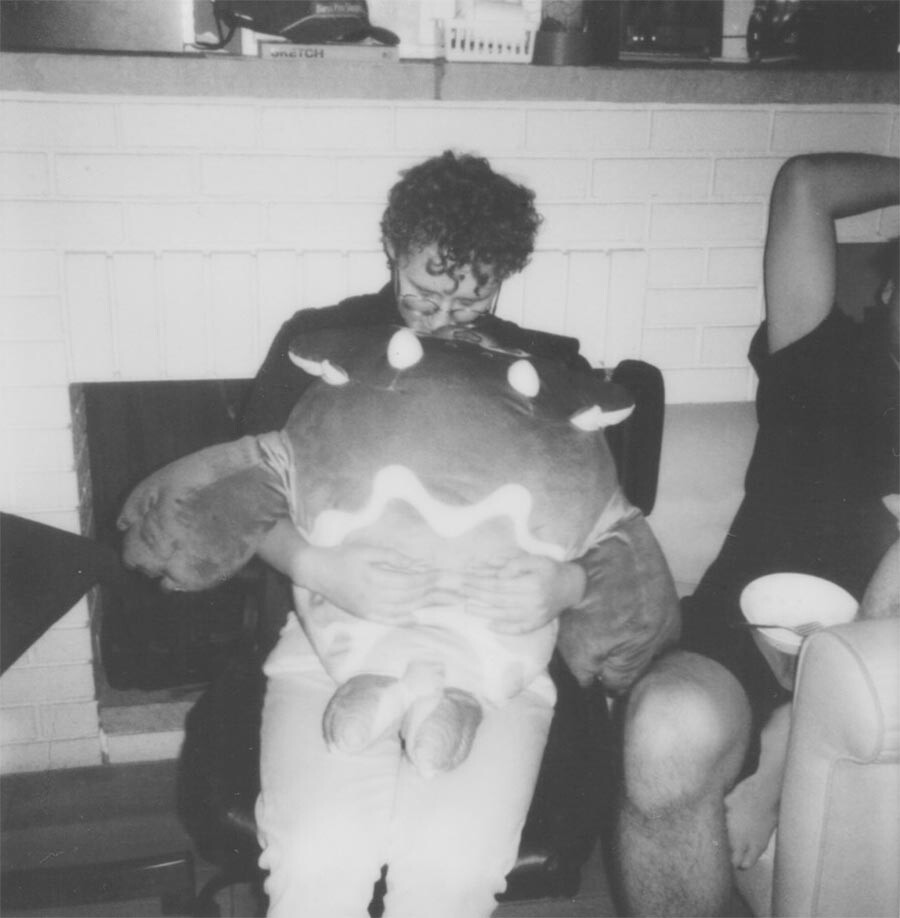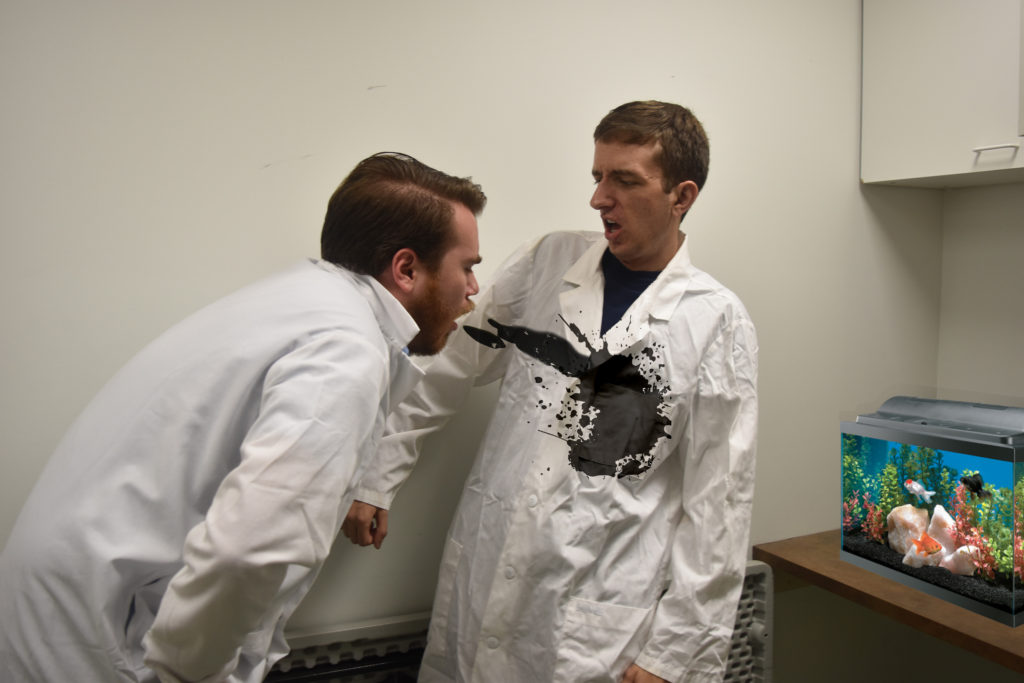
Photo by: Lawrence Lee
Scripps Institute of Oceanography is one of the oldest and most important parts of UCSD. Yet despite the close relationship UCSD shares with Scripps, there is still much unknown about it; over 95 percenty of the Scripps campus remains unexplored and unseen by undergraduate eyes.
Most of what undergraduates know about Scripps comes from the rare event of an SIO professor turning up on the shore of Center Hall or caught in UCSD fishing nets. Unfortunately, most of these specimens do not survive the pressure change of the trip to main campus and arrive structurally damaged or unable to give a compelling lecture.
But in recent years, undergraduate research expeditions have uncovered a new window into Scripps’ uncharted depths. The first of these expeditions was led by Tanya Cousteau, who unwittingly led a group of her peers to board an ‘S’ shuttle instead of the clockwise campus loop. To the surprise of the accidental explorers, they discovered what appeared to be a vibrant educational ecosystem with labs, a coffee stand, and ADA compliant elevators.
Other early expeditions to Scripps were organized by teams of intrepid juniors following rumors of untaken ‘S’ parking spots. Though these rumors were unsubstantiated, they resulted in further evidence of SIO’s rich ecological community. Fed by research grants, it formed a habitat for hundreds of researchers. These wondrous and diverse species of faculty were found to have strange and fascinating adaptations to their niche.
Some professors have demonstrated perfect camouflage, mimicking a rock or an eyewash station when circling Environmental Health and Safety officials dropped in for a surprise inspection. Others have developed complex symbiotic relations with their graduate students, who have been observed attaching to a research professor, leeching off their research and co-writing papers with them. In return, the grad students would grade their professors’ assignments and remove ectoparasites and loose flakes from the professors’ skin.
However, not all relationships in oceanographic research were found to be friendly. Professors have been known to attack grad students viciously during thesis-defense season in spring when they are particularly vulnerable. In response, graduate students have been observed vomiting up their entire digestive system as a thesis-defense mechanism.
Unfortunately, the more learned about Scripps, the more it becomes apparent that it needs saving. SIO is at threat; the research grants that form the entire basis of the Scripps’ food chain are dwindling fast.
The competition for the remaining resources has created an increasingly acidic atmosphere at Scripps that is taking its toll on professors. This may be exacerbated by rising temperatures, which could cause faculty to “totally lose their chill,” according to conservation expert Zoe Nares.
“Visitors to Scripps wonder, ‘Where is everybody?’ Often the only signs of life are found near the refuge of the coffee cart. In a decade, that too may disappear.”
Nares further cautioned that “the fate of our campus is inextricably linked with the fate of Scripps. Many UCSD students take Scripps for granted, but it is actually in a very fragile balance. There’s a domino effect — no research funding, no professors. No professors, no grad students. No grad students, no coffee cart. And when the coffee carts are gone? It’ll be a dead zone.”
Written by: Phillip Hodgson





